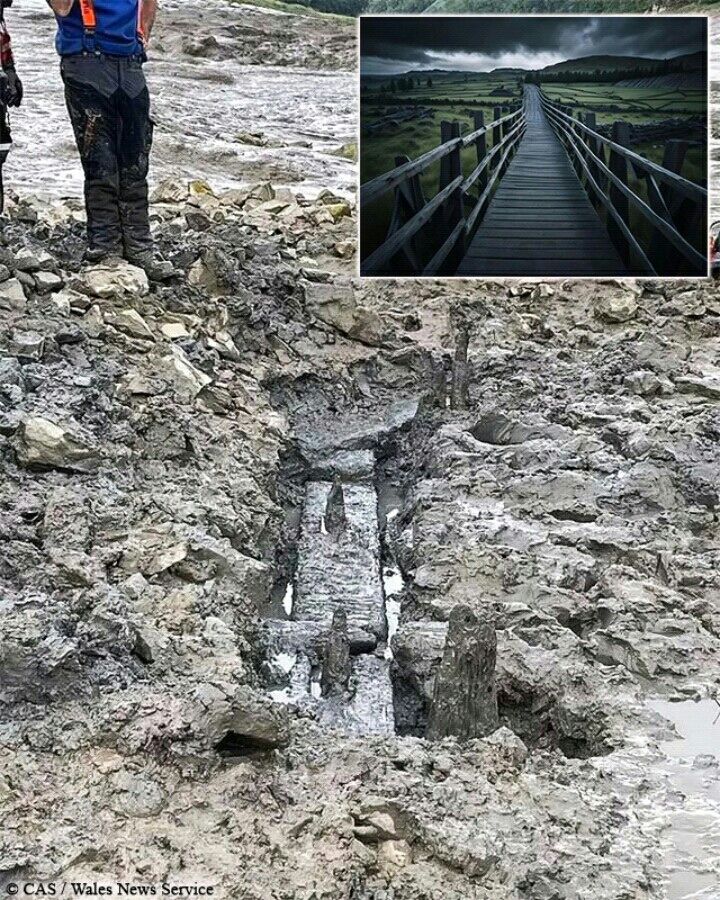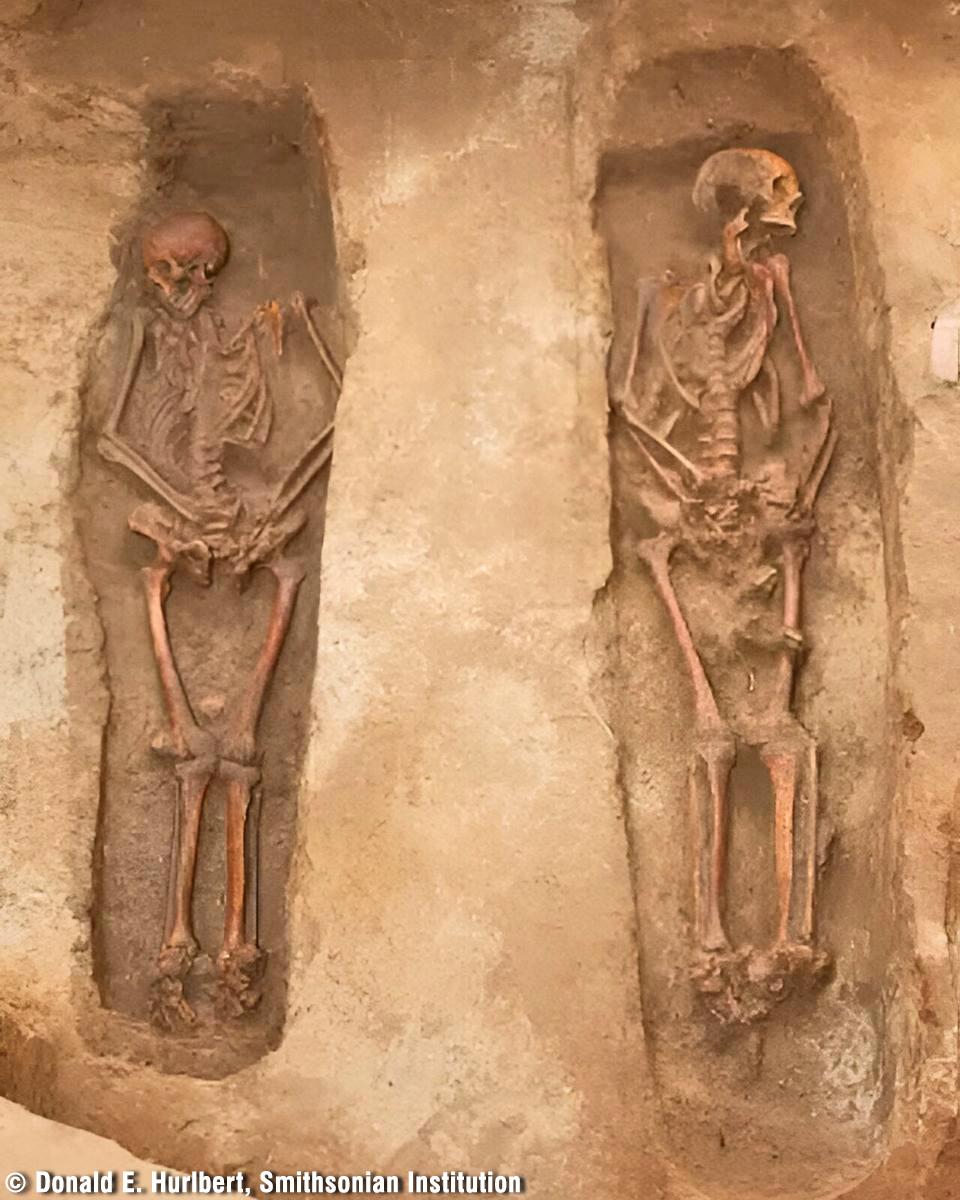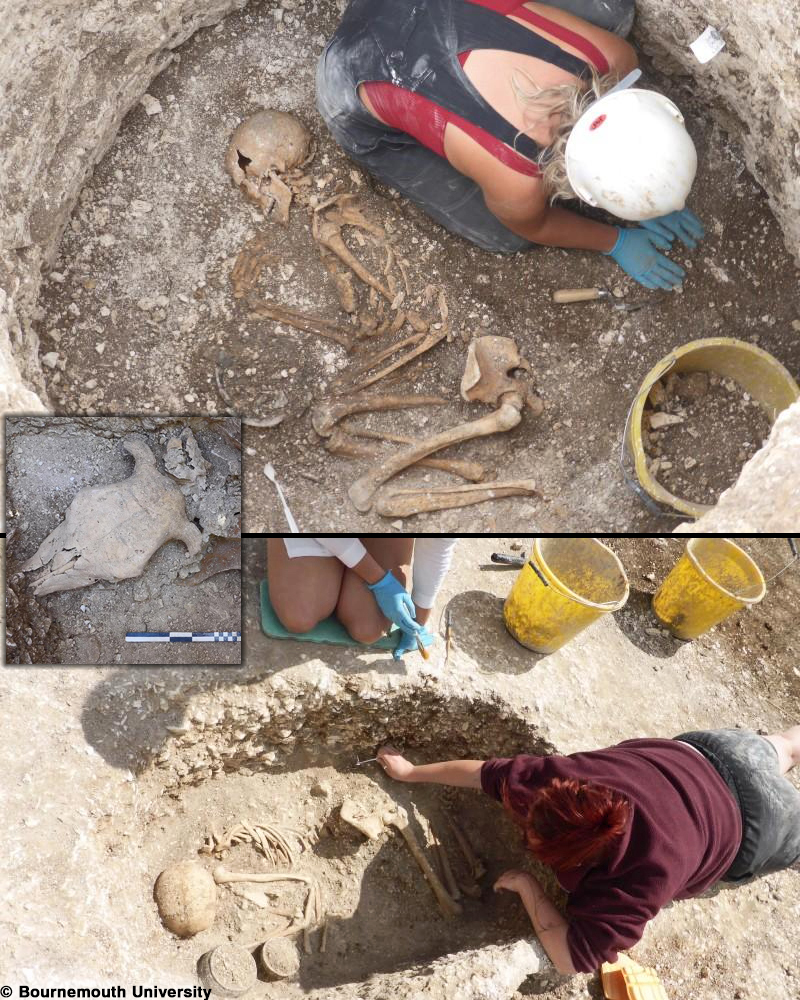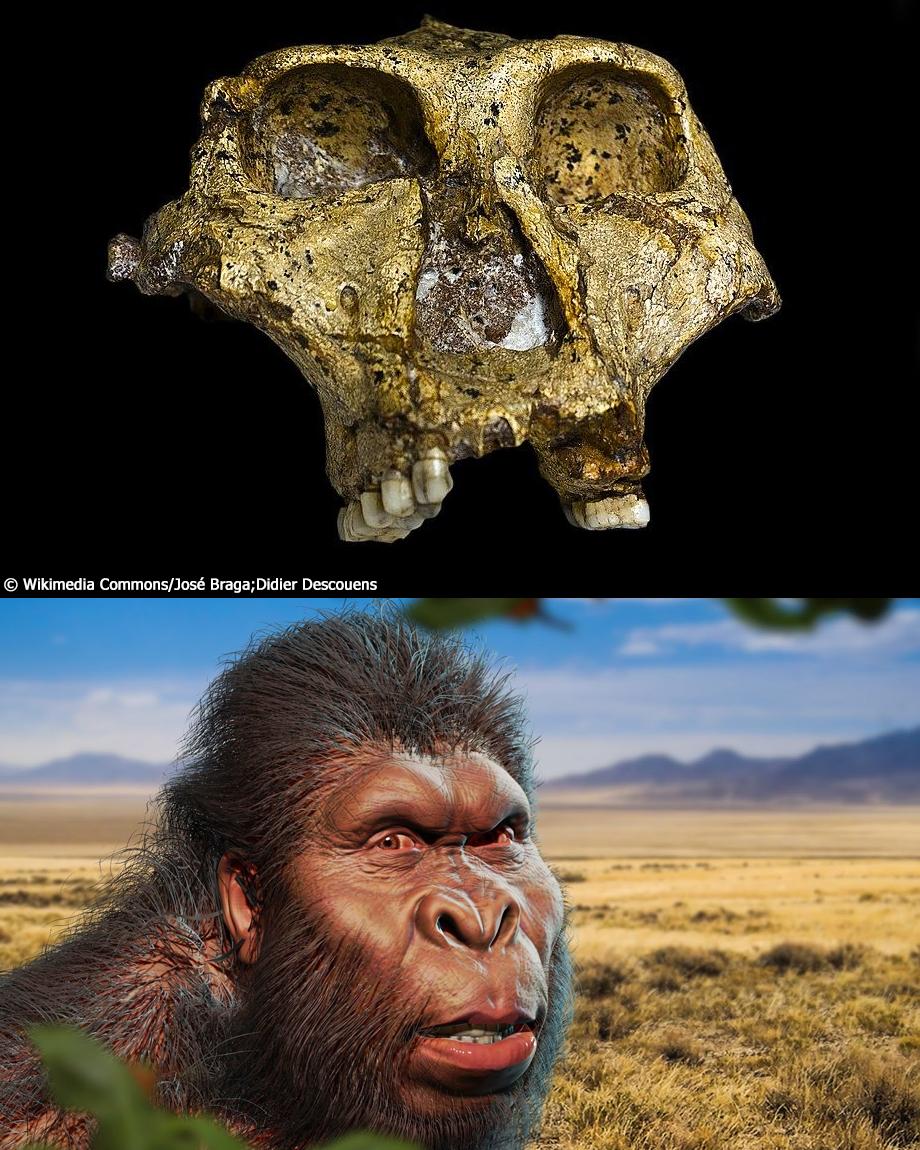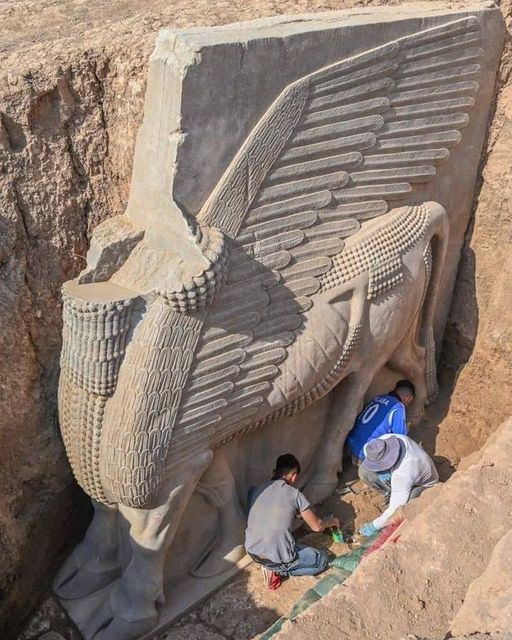In a thrilling archaeological find, a Yukon gold miner has unearthed the astonishing remains of a baby mammoth that roamed the Earth more than 30,000 years ago. This remarkable discovery, preserved by permafrost ice, offers a rare glimpse into the ancient world of these majestic creatures. Join us as we delve into the details of this extraordinary find and unravel the mysteries of this prehistoric treasure.

A Window into the Ice Age: The discovery of the 30,000-year-old baby mammoth represents a significant breakthrough in our understanding of Ice Age fauna. The well-preserved remains provide scientists with invaluable insights into the anatomy, behavior, and ecology of mammoths during this distant epoch. The frozen conditions of the permafrost have safeguarded the mammoth's soft tissues, offering researchers a unique opportunity to study its genetic material and potentially unlock secrets about its evolutionary history. This discovery promises to deepen our knowledge of Ice Age megafauna and their adaptation to ancient environments.

Preservation in Permafrost: The exceptional preservation of the baby mammoth is owed to the natural phenomenon of permafrost, where the ground remains permanently frozen. Permafrost acts as a natural freezer, preventing decomposition and safeguarding organic remains for thousands of years. The baby mammoth's intact carcass, complete with fur and soft tissues, provides a rare and precious snapshot of prehistoric life. Permafrost discoveries like this not only captivate the public imagination but also offer unparalleled opportunities for scientific research and genetic analysis.

Implications for Paleontology: The discovery of the baby mammoth holds immense significance for paleontology and evolutionary biology. By studying the mammoth's anatomy and genetic material, scientists can reconstruct its evolutionary lineage and gain insights into the broader ecosystem of the Ice Age. The mammoth's preserved remains may also yield clues about ancient climate conditions, migration patterns, and interactions with early humans. This interdisciplinary approach to paleontological research promises to expand our understanding of prehistoric life and its relevance to modern scientific inquiry.

The Role of Archaeology in Uncovering the Past: The excavation and study of the baby mammoth exemplify the critical role of archaeology in uncovering and preserving Earth's history. Archaeologists and paleontologists work tirelessly to locate and document fossilized remains, providing valuable data for reconstructing the timeline of life on our planet. Permafrost discoveries, in particular, offer a rare opportunity to study ancient organisms in unprecedented detail, contributing to our knowledge of evolutionary biology, climate change, and environmental adaptation.
Conclusion: The discovery of the 30,000-year-old baby mammoth is a testament to the resilience of life and the power of nature to preserve its secrets. As we marvel at this ancient creature preserved in permafrost, we are reminded of the profound connections between past and present. Archaeology continues to illuminate the mysteries of Earth's history, shaping our understanding of biodiversity, climate dynamics, and human impact on the natural world. The baby mammoth stands as a symbol of the ongoing quest to uncover Earth's ancient treasures and preserve our shared heritage for future generations. Archaeology, with its blend of science and storytelling, invites us to explore the wonders of our planet's past and contemplate the mysteries that lie beneath the frozen landscapes of time.






